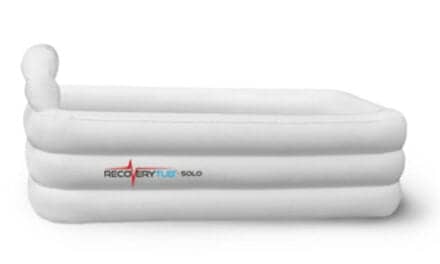Doctors may soon be able to more accurately diagnose concussions by measuring the number of certain molecules in a person’s saliva, according to Penn State College of Medicine researchers, in Clinical and Translational Medicine.
Researchers analyzed the saliva of more than 500 study participants for tiny strands of genetic material called micro ribonucleic acid (microRNA). These molecules play an important role in cellular processes and exist in high amounts in the brain.
The investigators hypothesize that due to the presence of cranial nerves in the mouth, altered microRNA levels could indicate whether a patient is experiencing a concussion, according to a media release from Penn State College of Medicine.
“Current methods rely on accurate symptom reporting and honest performance on neurocognitive testing.
“Analyzing microRNA profiles in saliva following a head trauma is a non-invasive way to test for concussion that can’t be influenced by a patient’s feelings or motives.”
— Dr Steve Hicks, associate professor of pediatrics and principal investigator
Saliva Test vs Available Approaches
To develop the diagnostic approach, researchers recruited 538 participants across 11 clinical sites. Approximately half the participants had a concussion reported within 2 weeks of starting the study, while the other half of participants did not, but had conditions that might mimic concussion symptoms including anxiety, depression, attention deficit hyperactivity disorder, exercise-related fatigue or chronic headaches.
The researchers used RNA sequencing to evaluate saliva samples from half of the participants then used statistical modeling and machine learning to identify noticeable differences between the RNA profiles of participants with concussions and those without. Once they knew what RNA changes to look for, they tested more than 200 additional participants and were able to successfully identify which patients had concussions.
The accuracy of the saliva approach performed favorably when compared with currently available tests involving balance and reaction time, the release explains.
Promising Applications
“This method has lots of promising applications. A rapid, reliable diagnostic means that early, appropriate action can be taken to alleviate the symptoms of patients with concussions.”
— Dr Steve Hicks
[Source(s): Penn State College of Medicine, Newswise]
Related Content:
USA Hockey Partners with TeachAids To Assist In Concussion Education
How This Tool Could Offer a Fast Concussion Diagnosis
Don’t Overestimate “Youth and Resilience” in Concussion Recovery





